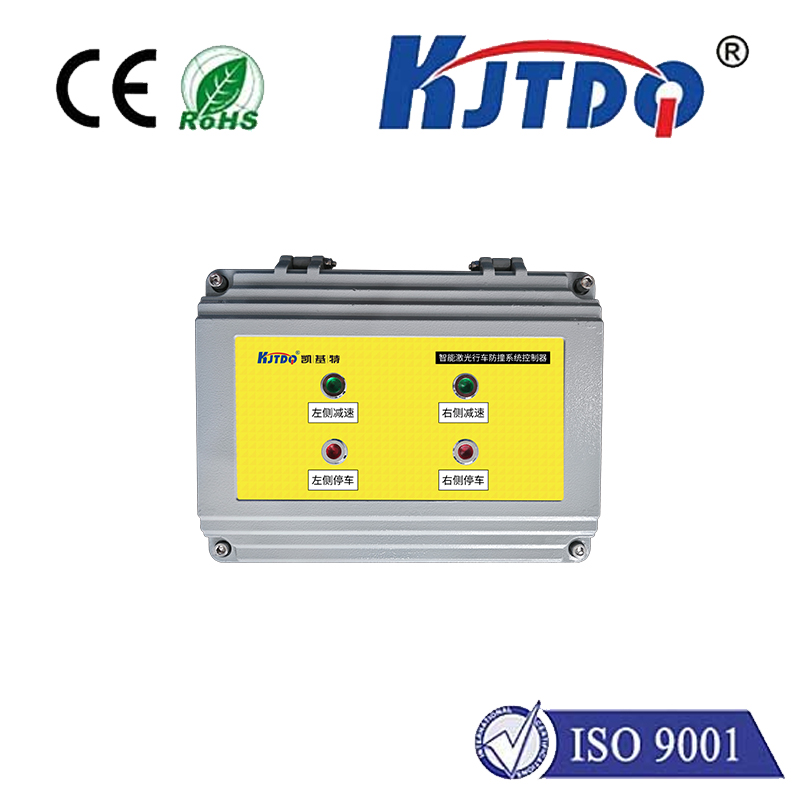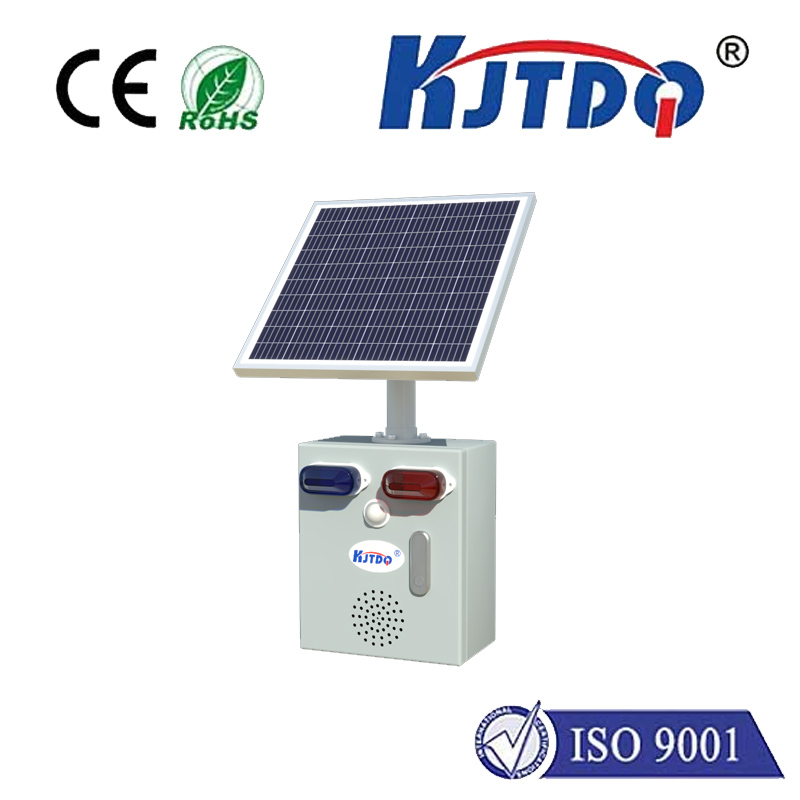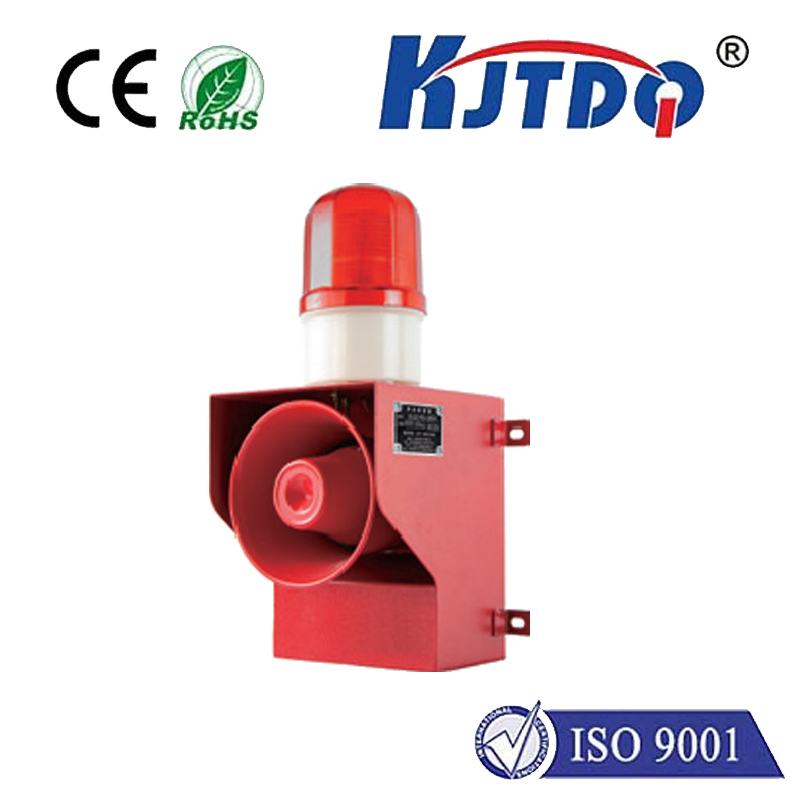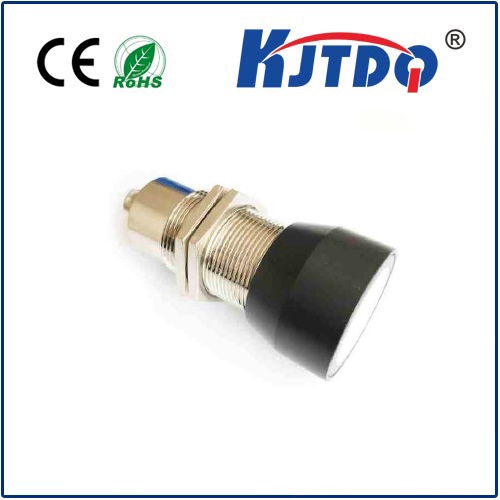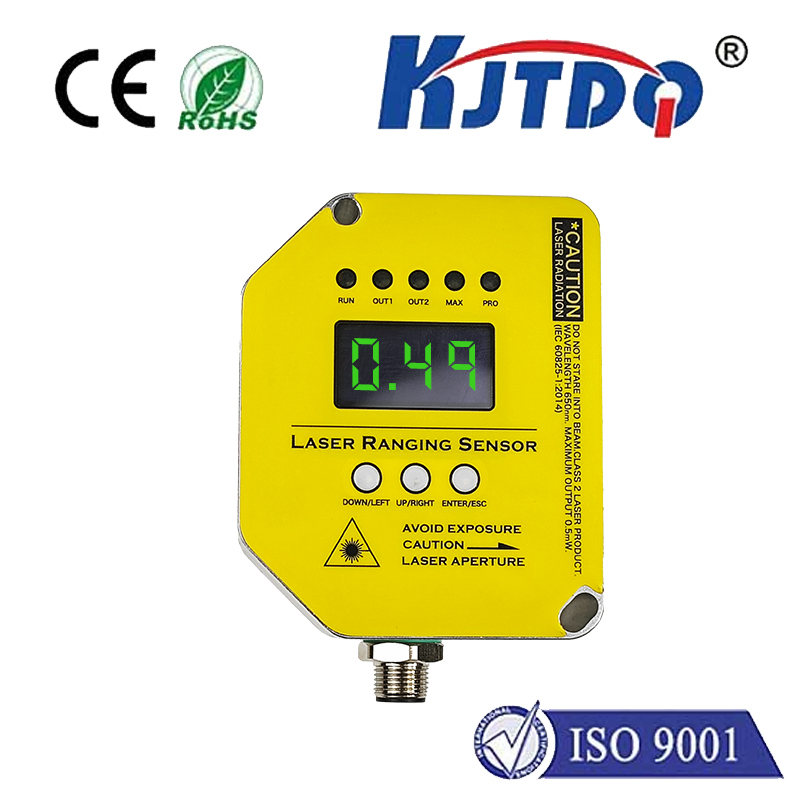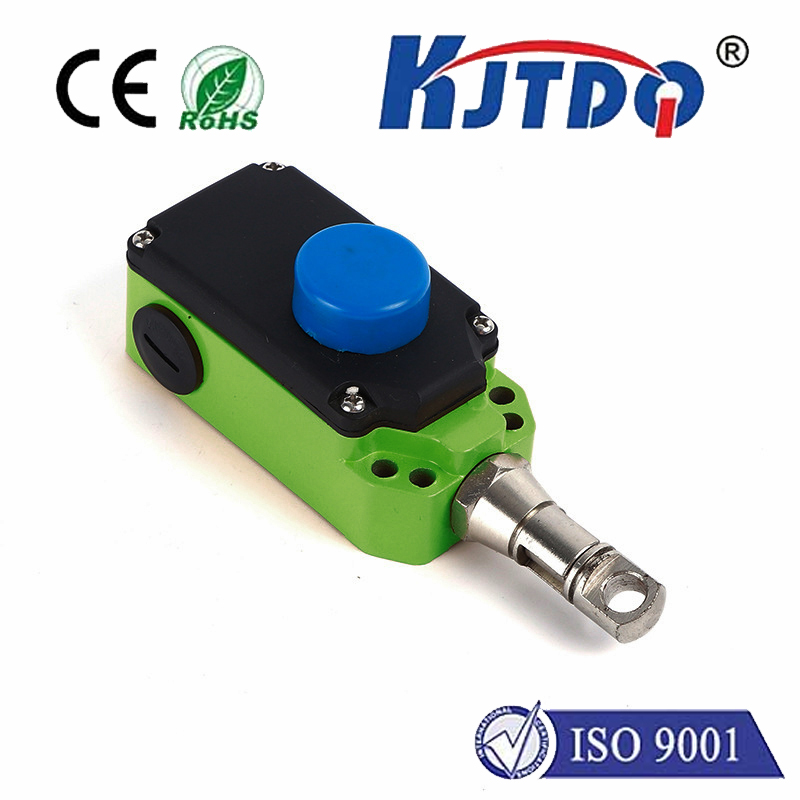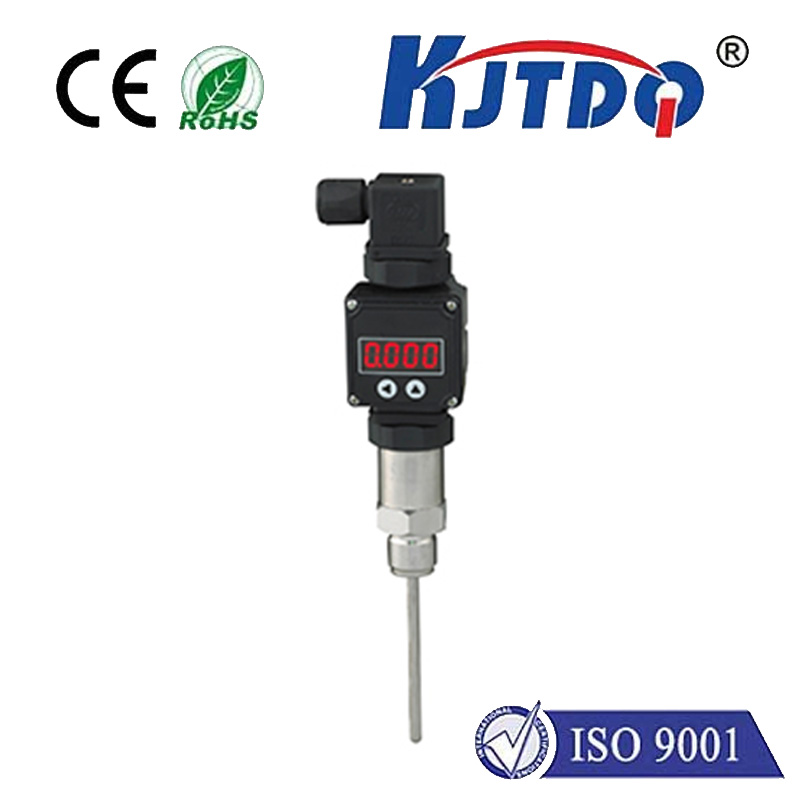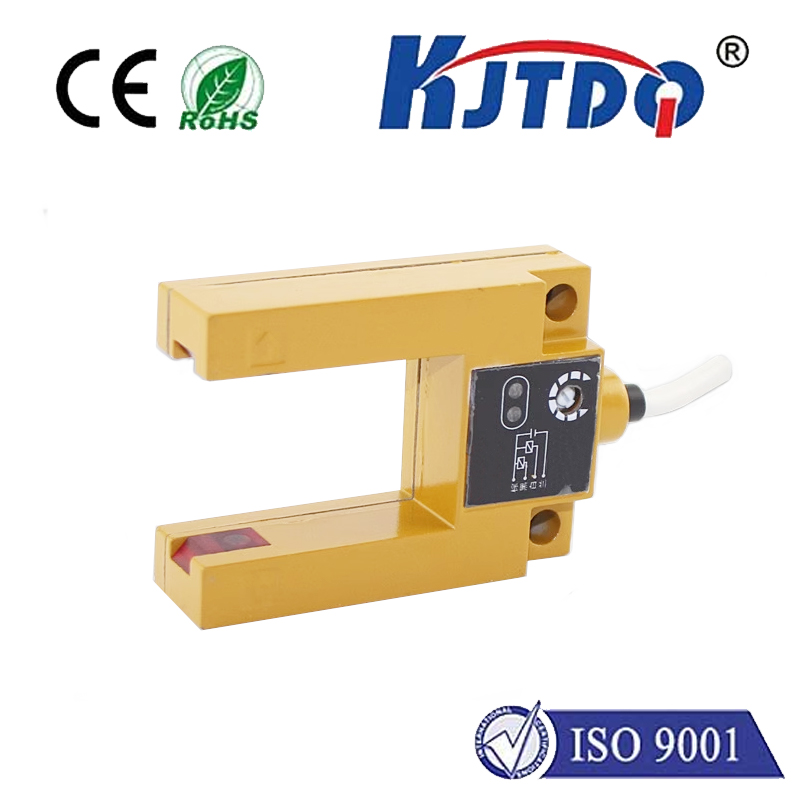
check

check

check

check
Understanding the Limit Switch in Hydraulic Systems
A limit switch is an essential component used in industrial machinery, particularly in hydraulic systems. In this article, we will delve into the role of a limit switch in hydraulic systems and why it is crucial to their functionality.
Firstly, let's define what a hydraulic system is. Simply put, it is a mechanism that utilizes fluid power to perform work. It consists of various components such as pumps, valves, cylinders, and reservoirs, all working together to convert input energy into output energy. The hydraulic system is commonly used in heavy-duty applications like construction equipment, aircraft, and manufacturing processes.

Now, let's talk about limit switches. A limit switch is an electromechanical device that detects the presence or absence of an object within its sensing range. When activated by physical contact or proximity, it sends electrical signals to control other devices or systems. Limit switches are available in various types, including mechanical, magnetic, and photoelectric versions.
In hydraulic systems, a limit switch plays a vital role in controlling the movement of the system's components. For instance, when a hydraulic cylinder reaches a certain position, the limit switch can be triggered to stop the motion. This prevents the system from exceeding its maximum extension or contraction limits, which could cause damage or injury.
Limit switches also serve as safety features in hydraulic systems. They can detect abnormal conditions such as overpressure, low oil level, or excessive temperature rise, and trigger alarms or shut down the system before it suffers irreparable harm. Additionally, they can monitor maintenance requirements and alert operators when maintenance is due.
Furthermore, limit switches improve the efficiency and accuracy of hydraulic systems. By providing precise control over the positioning of components, they enable accurate measurements and adjustments to be made during operation. This results in faster production times, reduced waste, and higher quality products.
In conclusion, understanding the function of a limit switch in hydraulic systems is essential for ensuring their safe and efficient operation. By utilizing these devices, industries can prevent accidents, increase productivity, and maintain optimal performance levels. So, if you work with hydraulic systems, make sure to keep an eye on your limit switches!

